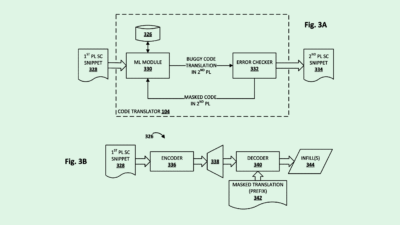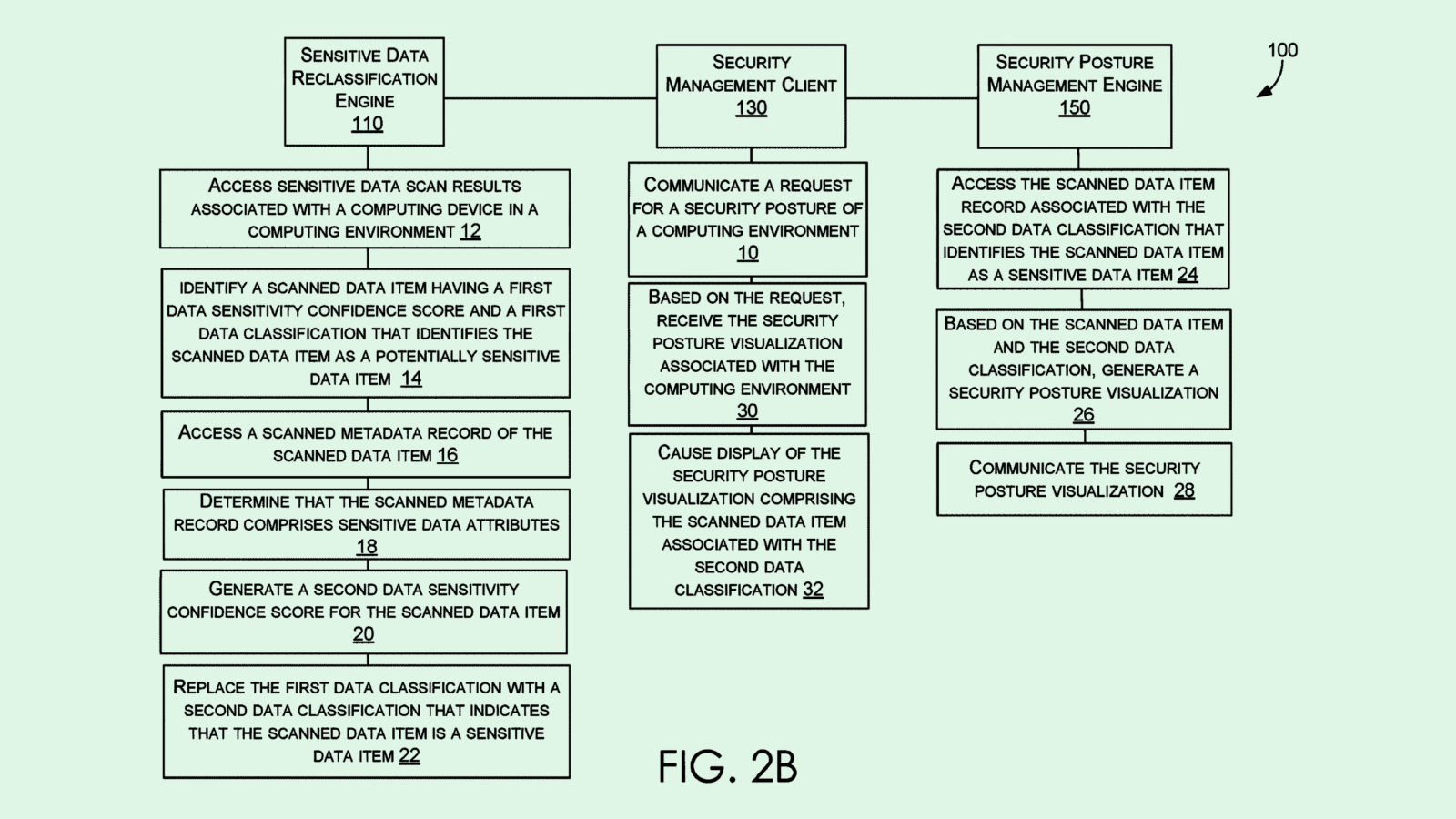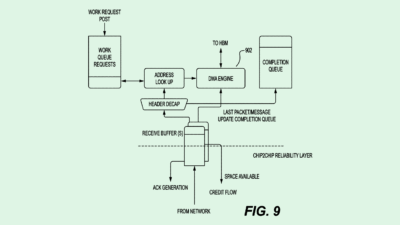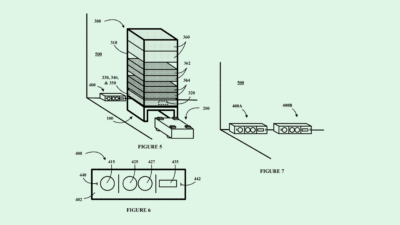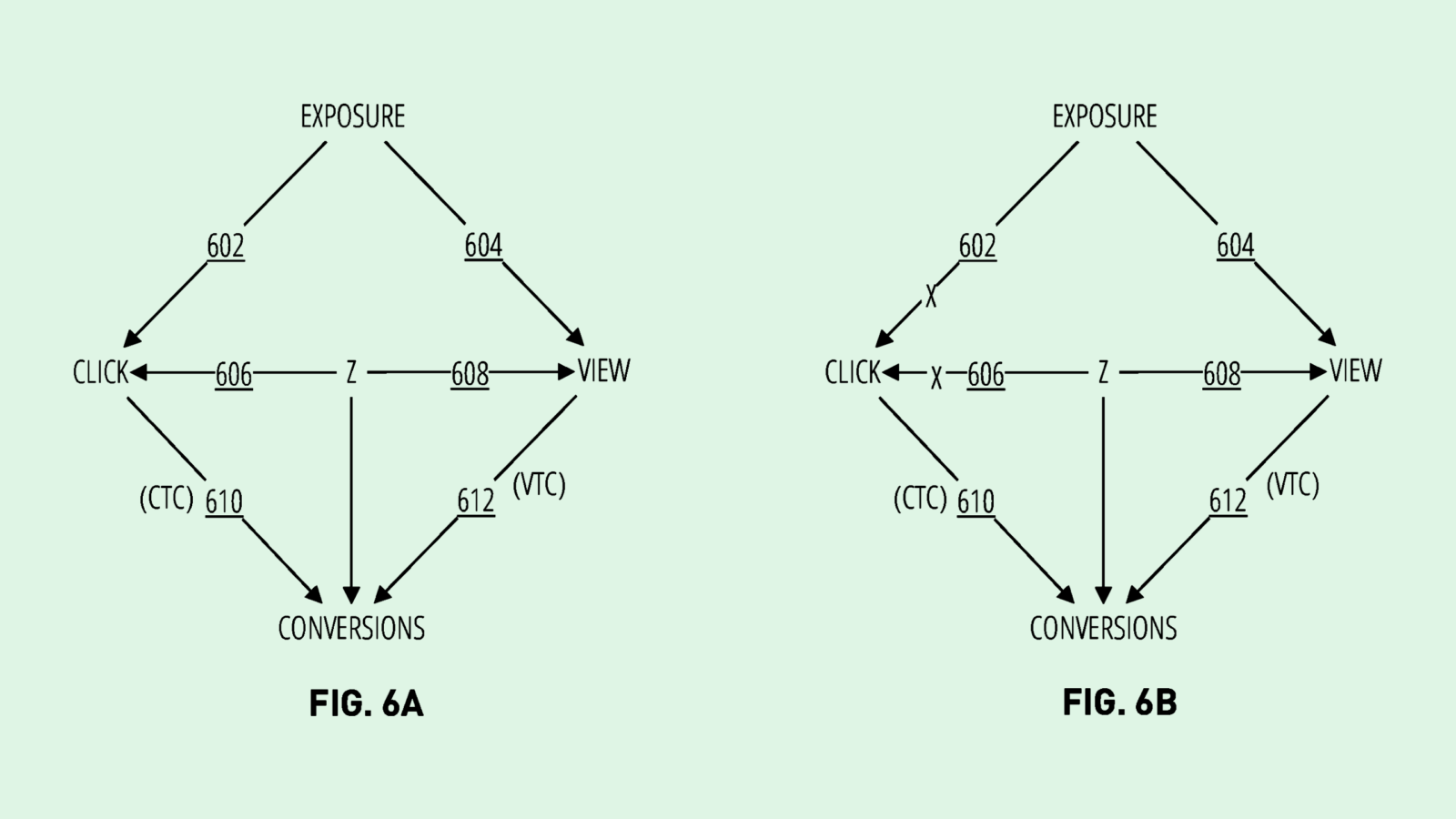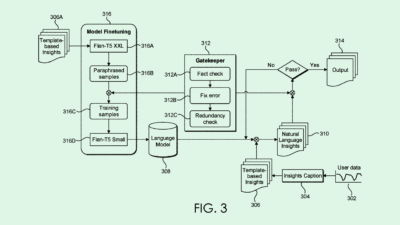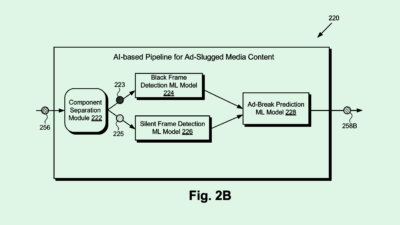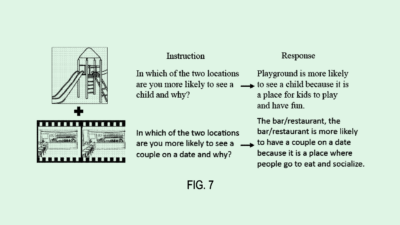Disney Patent Brings AI-Free Robotics to Entertainment, Animation
The simplicity of this method makes it applicable to “almost any type of robot.”
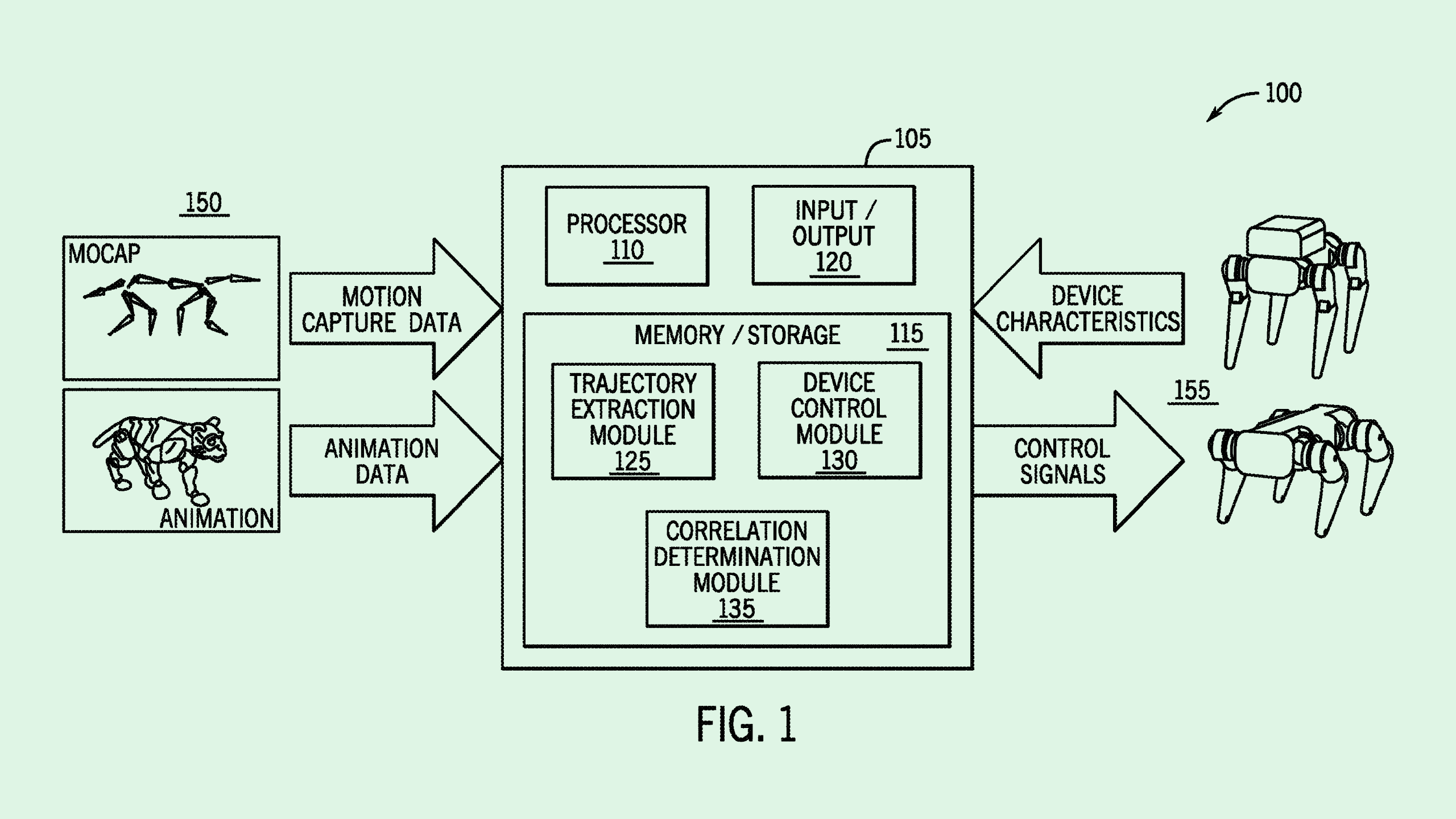
Sign up to uncover the latest in emerging technology.
Disney wants its robots to mime your movements.
The company filed a patent for a “robotics device” that takes control signals “based on movement data.” Disney’s tech essentially allows a robot to be commanded by the movements of others.
“Existing systems may be unable to be quickly and efficiently controlled to perform a target motion, such as a movement based on a reference animation, motion capture data, or sensor data,” Disney said in the filing.
The filing noted that this system can help transfer “rich motions,” such as that of people, animals, or animations, onto a robot. The system can also retarget motion onto “under-actuated” robots, meaning those built simpler, regardless of shape, size, or “degrees of freedom.”
Disney’s tech first collects motion data from a variety of sources, including animation sequences, human motion capture, or the movements of another robotics device. The system also maps correlations between the “target motion” for the robot and reference points on the robot itself. The robot’s control signals then communicate to the device how to mimic those movements.
Unlike practically every other robotics patent we’ve seen, Disney noted that this system specifically doesn’t use AI and machine learning for movement planning, claiming its method provides more precise and efficient control.
In tandem with the AI boom, robotics have become a hot topic. Practically every big tech firm, from Google to Amazon to Nvidia, has sought patents related to AI-based control of robotics. Disney’s own robotics unit has researched AI-powered robots, including blending amination with reinforcement learning for expressive, free-range movement.
Where Disney’s patent strays from the path, however, is that it’s going for something far simpler than what other firms are patenting, said Rhonda Dibachi, CEO of manufacturing-as-a-service platform HeyScottie. While AI has the capability to make robots more perceptive and reactive, Disney’s patent highlights that simple solutions have their benefits.
The simplicity of this method and its usage of reference point mapping make this tech applicable to “almost any type of robot,” said Dibachi, regardless of the physical configurations of the robot. And because this tech isn’t meant to learn movements or make decisions on its own, it’s far more precise, she added, as it’s simply following the leader. “I’d call this a ‘monkey see, monkey do’ patent.”
Plus, because it’s not reliant on complex and expensive AI training, this tech is also likely far cheaper to implement than any AI-based methods, she added. “You don’t need AI because the problems can be solved without AI,” said Dibachi. “With AI, you need a lot of data. You need to train it. And if you can bypass that step, it’s a lot easier.”
One thing missing from this patent that’s generally top-of-mind in robotics contexts is safety, she said, which may limit the tech’s usefulness. But while these robots may not be safe to deploy in Disney parks, she noted, they could be a great fit for animation purposes, making it easier to develop different proofs of concept. “Safety is an unanswered issue in this patent,” she said. “That kind of leads me to think that they’re looking at this for animation.”

